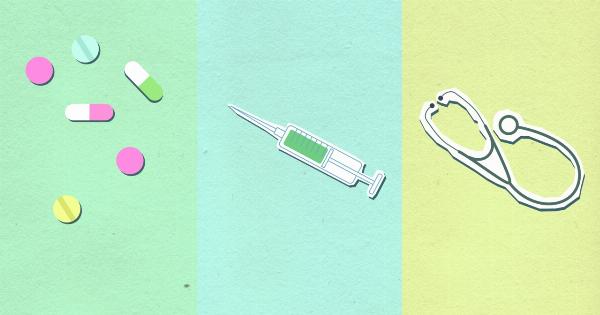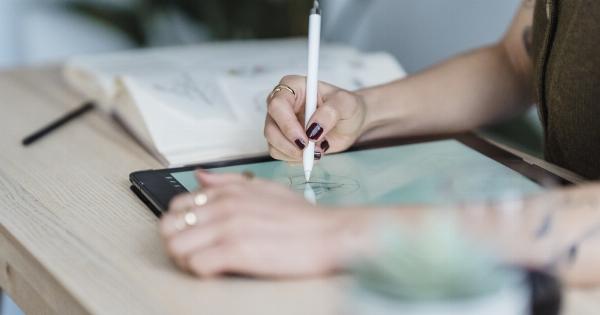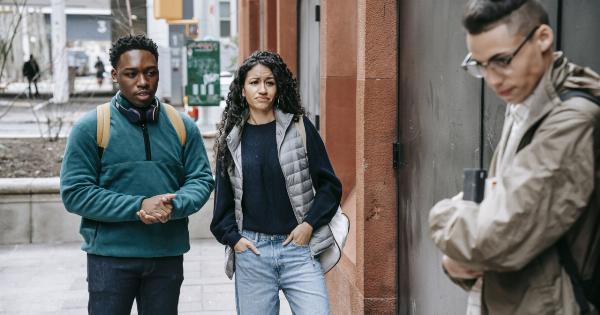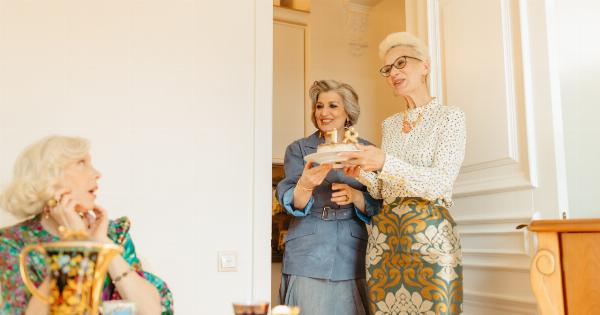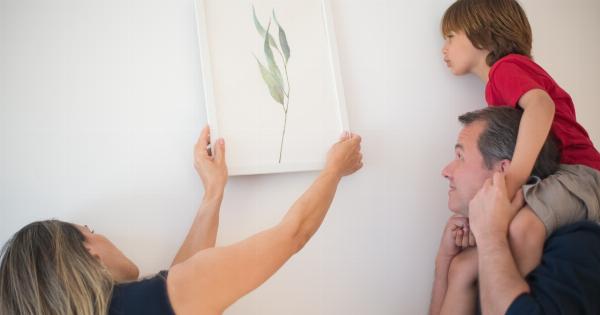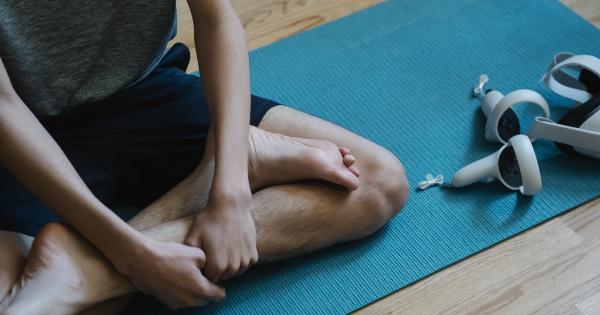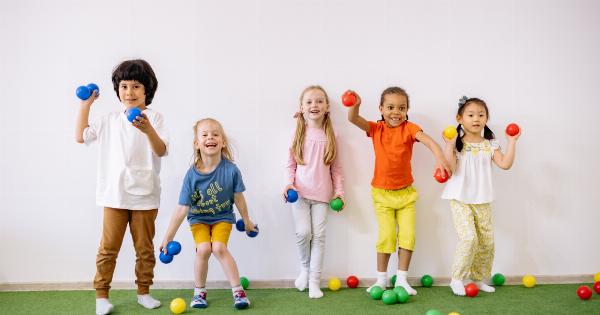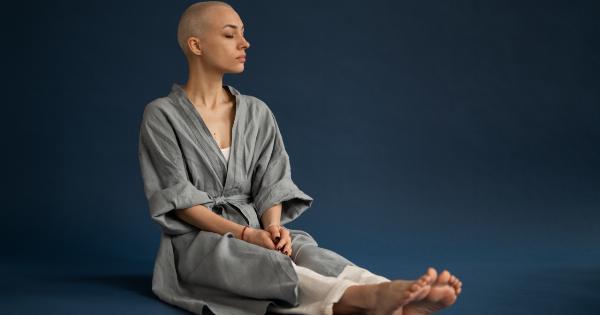Art has long been recognized as an expressive outlet for emotions and creativity. But beyond its aesthetic value, art holds a much deeper potential – it has the power to heal, to comfort, and to restore mental well-being.
Throughout history, art therapy has emerged as an effective way to treat various physical, emotional, and psychological conditions. This article explores the profound therapeutic benefits of engaging in artistic endeavors.
1. Art as Self-Expression
Art serves as a powerful medium of self-expression. People struggling with emotional distress often find solace in creating art, as it offers them a safe space to communicate their innermost thoughts, feelings, and experiences.
Through colors, shapes, and forms, individuals can express emotions that might otherwise be difficult or painful to articulate verbally.
2. Reducing Stress and Anxiety
Engaging in art can elicit a relaxation response in the body, reducing stress and anxiety levels. The process of creating art focuses the mind and diverts attention from negative thoughts and worries.
Whether it’s painting, drawing, or sculpting, the act of creating can calm the mind and promote a sense of tranquility.
3. Enhancing Cognitive Abilities
Art has been found to enhance various cognitive abilities, including memory, concentration, and problem-solving skills. When creating art, the brain is engaged in a complex interplay between imagination, perception, and critical thinking.
This cognitive stimulation has been shown to boost neuroplasticity, leading to improved cognitive functioning.
4. Improving Emotional Well-being
Art therapy provides an outlet for exploring and processing complex emotions. It allows individuals to express and release feelings of sadness, anger, grief, or joy in a non-verbal and non-threatening way.
By externalizing emotions through art, individuals can gain a better understanding of their own emotional landscape and experience a sense of emotional release and relief.
5. Promoting Self-Discovery and Identity
Engaging in art can facilitate self-discovery and personal growth. Through art-making, individuals can explore their identities, values, and desires.
Art offers a unique opportunity for introspection and self-reflection, enabling individuals to gain a deeper understanding of themselves and their place in the world.
6. Providing a Sense of Control
Art therapy empowers individuals by providing them with a sense of control. When faced with challenging life circumstances, creating art allows individuals to make choices and take charge of their artistic process.
This sense of control can have a profound impact on one’s feelings of self-worth and self-efficacy.
7. Fostering Social Connections
Art can serve as a catalyst for social interaction and connection. Group art therapy sessions, in particular, promote a sense of belonging and community.
Creating art together enables individuals to share their experiences, learn from one another, and build supportive relationships. This social aspect of art therapy can combat feelings of isolation and increase social well-being.
8. Empowering Voice and Advocacy
Creating art can give a voice to those who feel unheard or marginalized. Artistic expression allows individuals to communicate their thoughts, beliefs, and concerns in a powerful and impactful way.
By sharing art publicly, artists can raise awareness about important social issues and advocate for change, ultimately empowering themselves and others in the process.
9. Coping with Trauma and PTSD
Art therapy has shown remarkable results in helping individuals cope with trauma and post-traumatic stress disorder (PTSD).
For many, the act of creating art provides a safe and healing space to process traumatic experiences, reduce distressing symptoms, and cultivate resilience. Art therapy can help individuals find new ways of understanding and integrating their traumatic experiences into their lives.
10. Healing Physical Conditions
Art therapy has also been found to have a positive impact on physical health. Engaging in art-making can distract individuals from physical pain or discomfort, promote relaxation, and improve overall well-being.
In addition, art therapy has been shown to enhance motor skills and coordination in individuals with physical disabilities or conditions.

